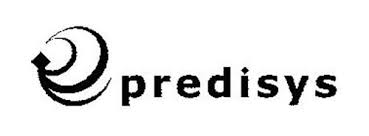Statistical Quality Control is a collection of statistical methods that are used in industrial production to ensure and measure the constant quality of the production process. Some of the methods are defined in norms for different industrial sectors.
Statistical Quality Control
Measurement System Analysis (MSA)
Measurement System Analysis (MSA) investigates variations of a measurement system. Typically there are three kinds of variations that are of interest:
- Analyzing the inherent variation of a measurement system
This is done using Method 1 and 4 of the Measurement System Analysis (MSA) and the Guideline for the Uncertainty of Measurements (GUM) - Variation of the measurement system in application
Method 2 and 6 of MSA and DIN72514 - Comparison of Measurement Systems
Round-Robin-Test (DIN 5725)
Statistical Process Control (SPC)
SPC was developed by Walter A. Shewhart and published for the first time at 1931. Obviously this is not a new method.
The basic idea is that the quality of a product depends on the combination of its parts. Thus the quality of the product depends on the variation of different parameters of the parts. Generally there are two variations:
- Random variation around the mean
- Special Causes (Operator, Machine, Material, Method, Construction, ...)
Control charts where developed to identity and separate those two variations. If a change in the process is required one of the special causes should give an explanation for that. This method is often used in the context of six-sigma.
There are two types of software for SPC:
- Offline: Data is gathered over time and is analyzed at the end of a time-frame. The time-frame will be chosen based on subject knowledge (Shifts, Days, Weeks, Batch, ...)
- Online: Hard- and Software are constantly exchanging data to inform the engineer at any time about the current state of production.
Process Capability
The process capability is measured by measuring if the process produces characteristic values that are in given limits (specification limits).
Even if all characteristic values are in the specification limits (good process) we are able to estimate the probability to produce out-of-spec values.
Basic requirement for a stable customer-supplier-relationship is a proof of process capability (shown by a control chart)
ISO Norm 21747 specifies methods to calculate the process capability. Most methods assume a normal distribution of characteristic values.
Process capability analysis is typically done in discrete time intervals - offline. Online systems will produce the same information non the less.
Sampling Systems
Sampling Systems are often used for goods inward and outward inspection. There are two relevant norms:
- DIN ISO 2859 attributive inspection
- DIN ISO 3951 measured inspection
Design of Experiments
Design of Experiments helps you to optimize your process and to learn what the most important variations of your process are. It is a huge topic that has its own homepage: Design of Experiments.
Relevant Products
Predisys Analytical Suite
Advanced SPC and Quality Data Analytics. Put the power of SPC in everyone's hands. For Microsoft's Reporting Service!





